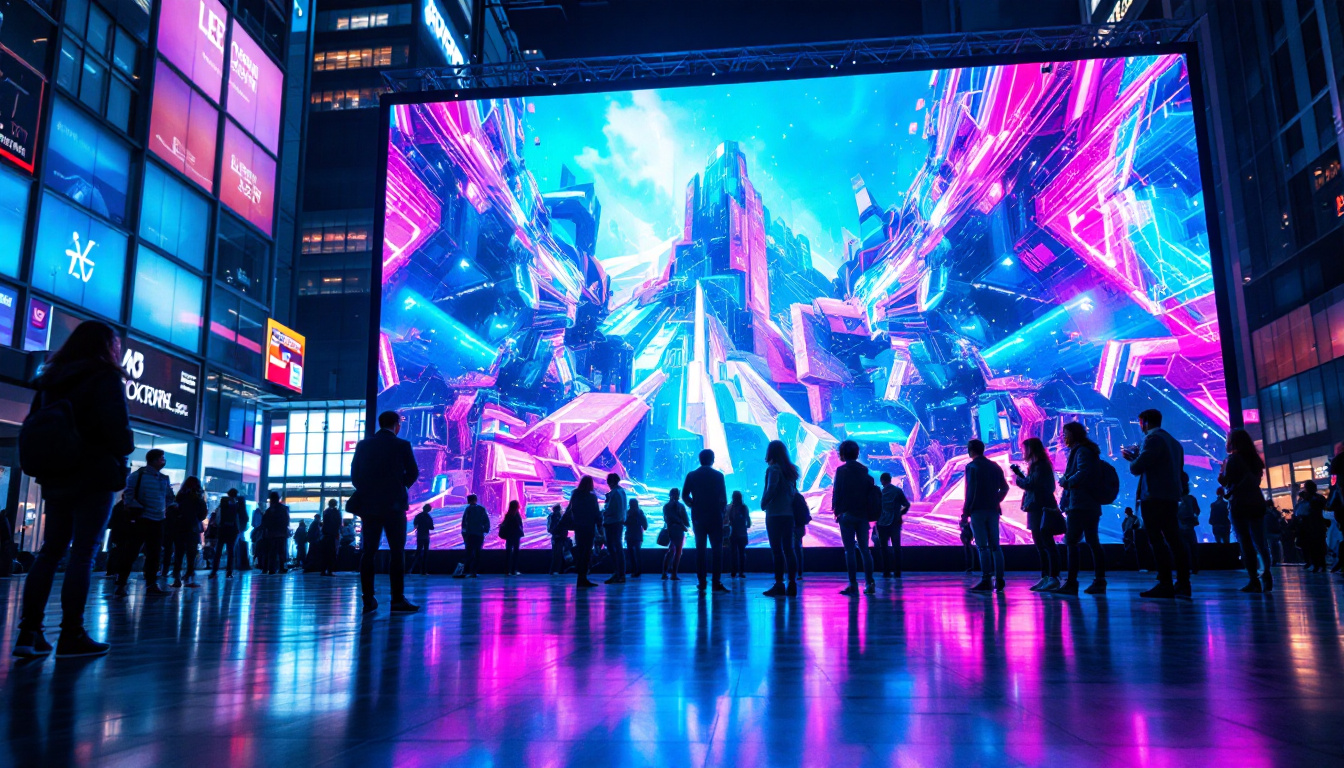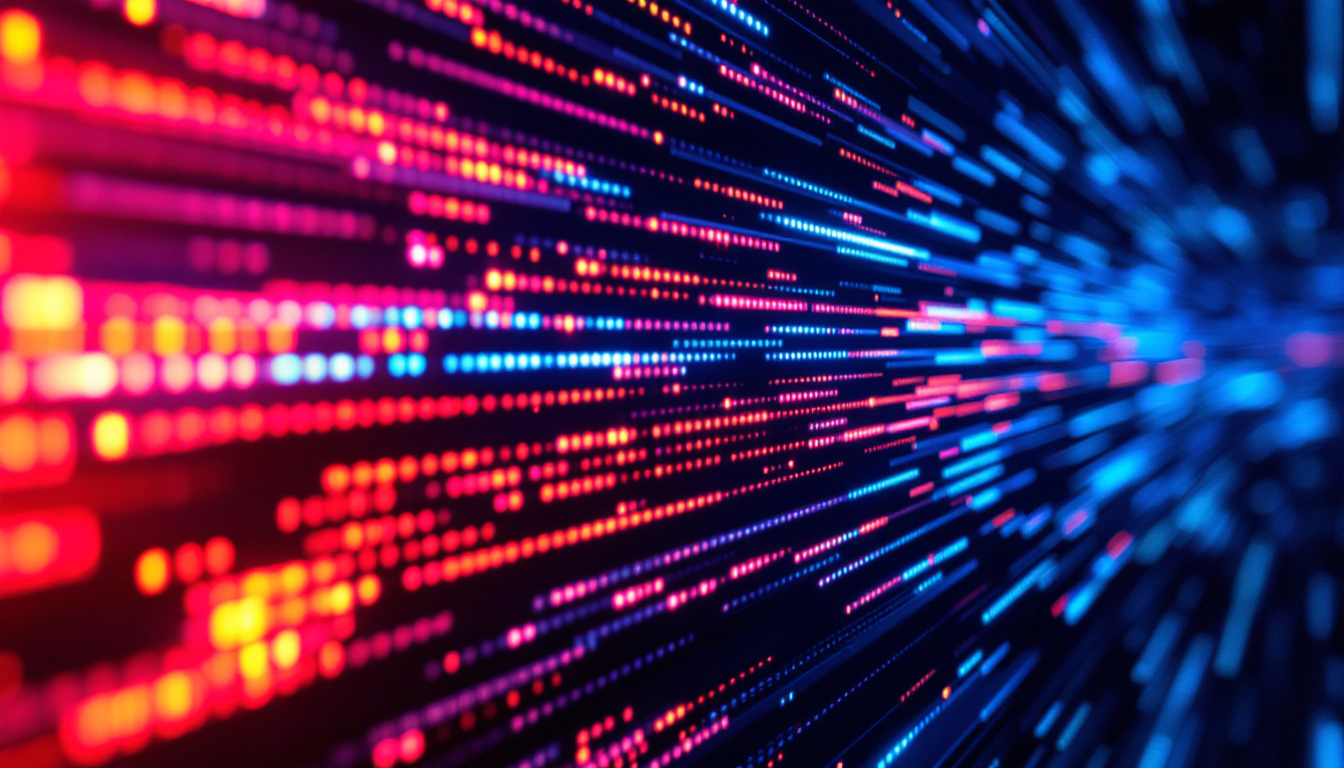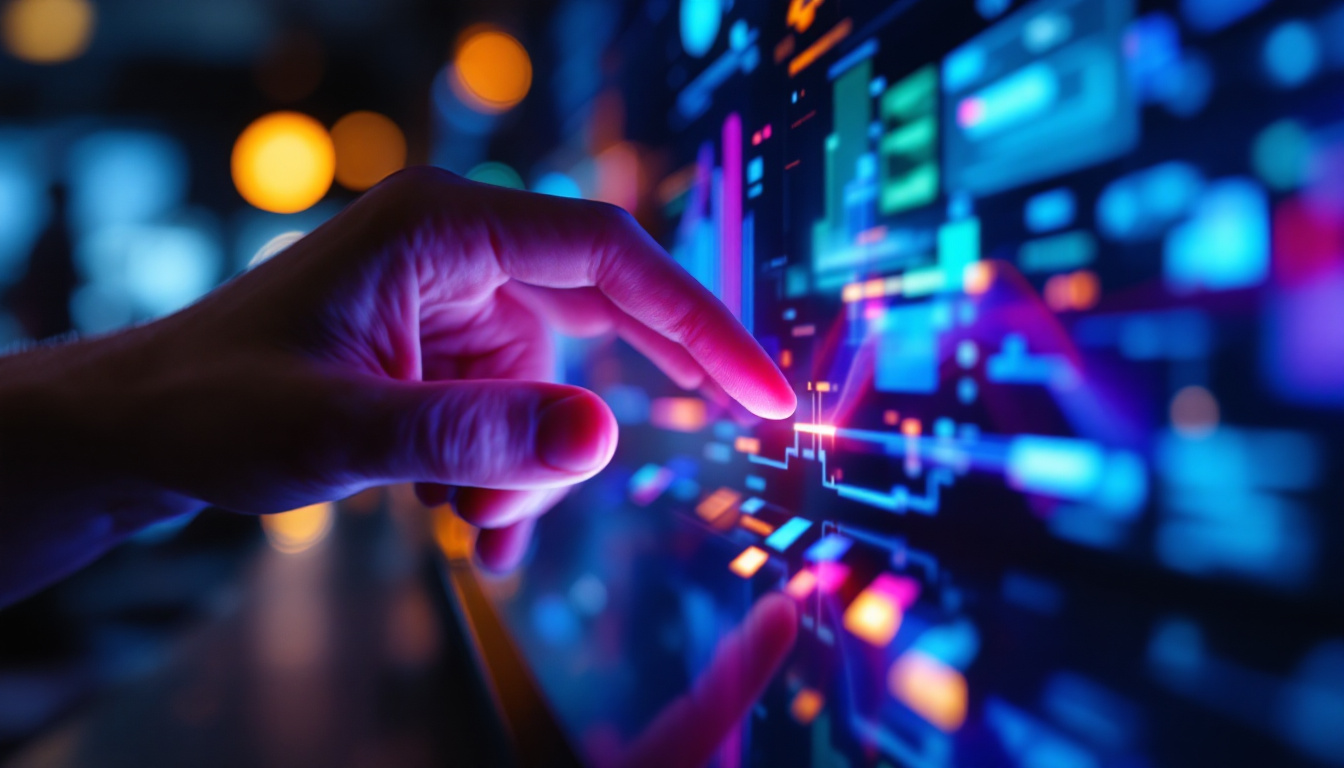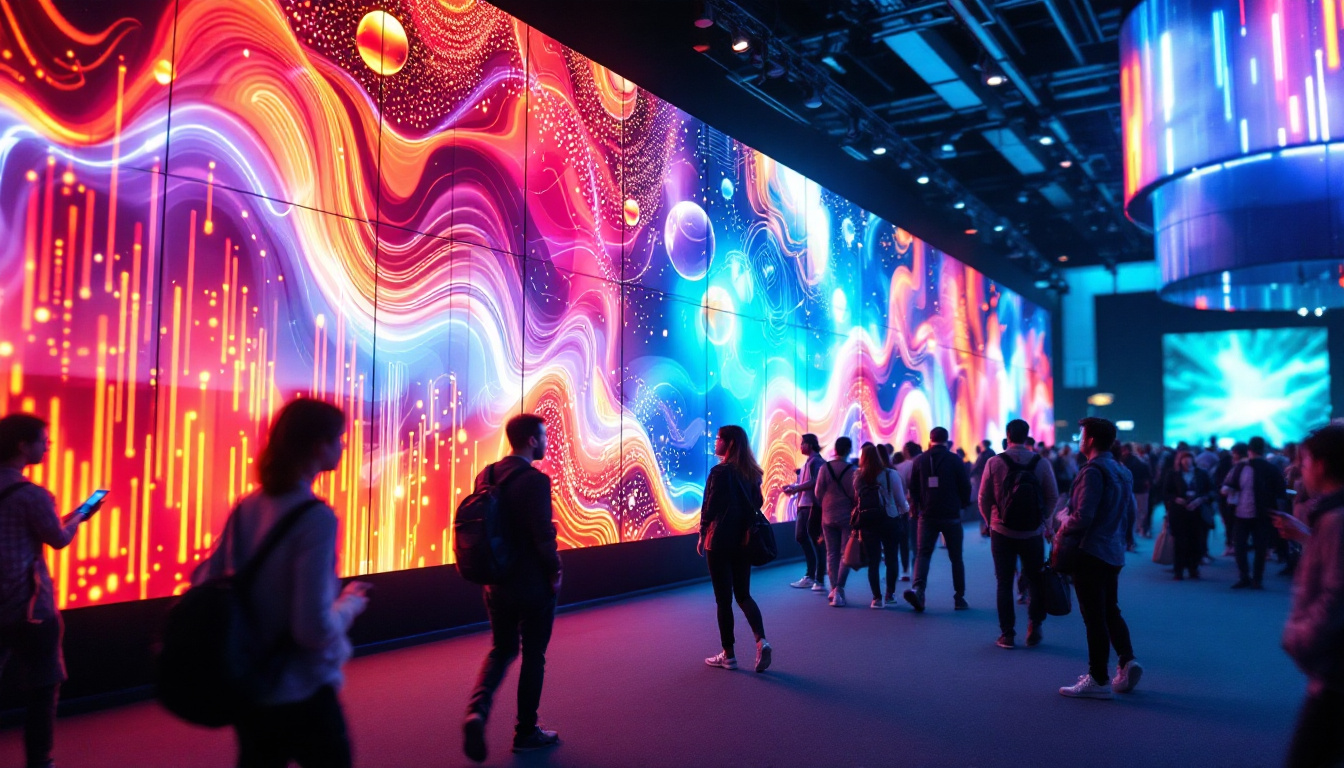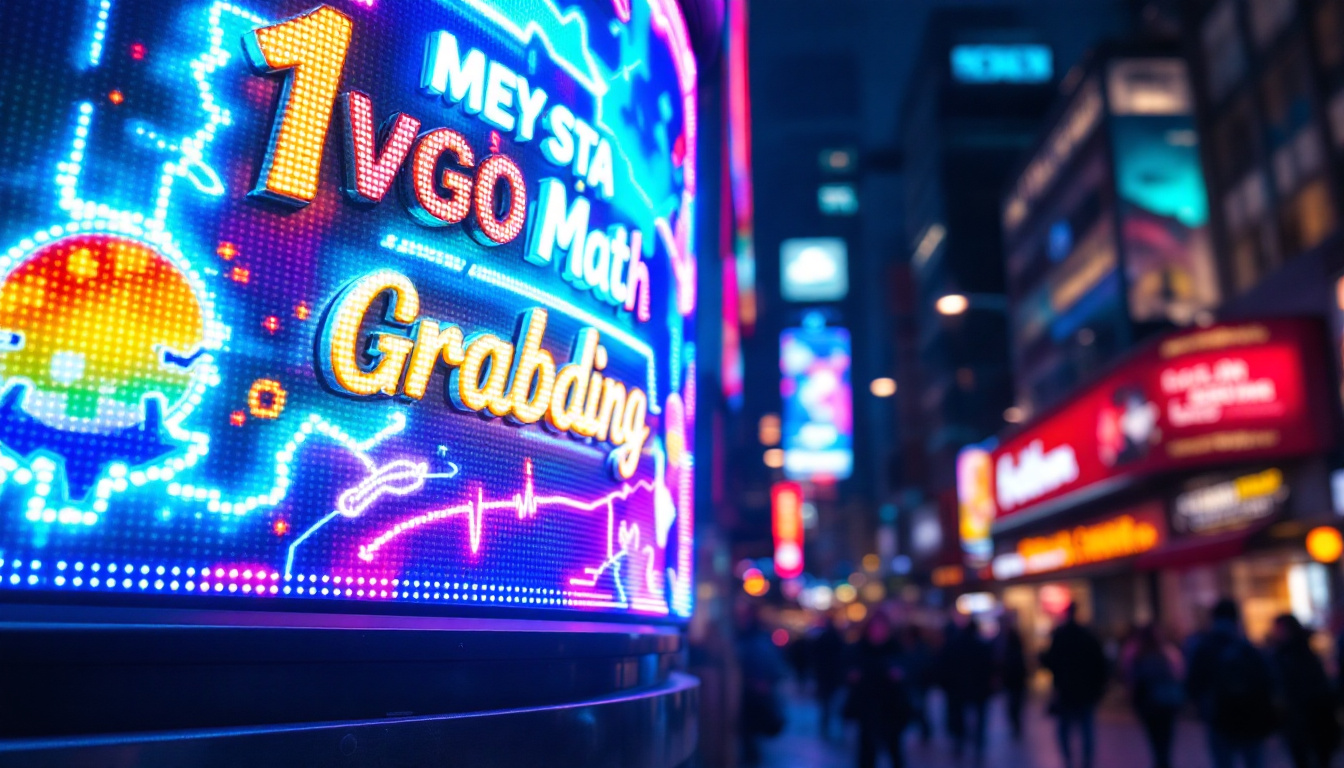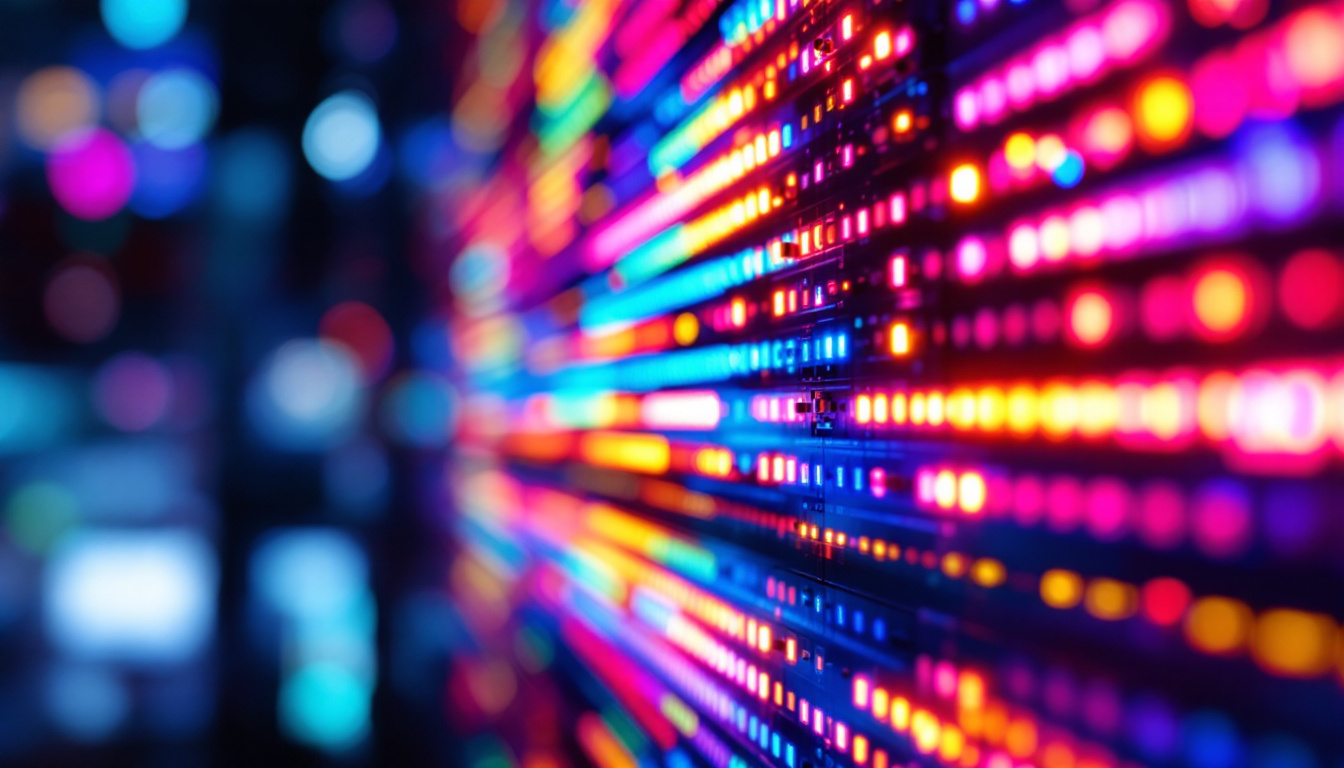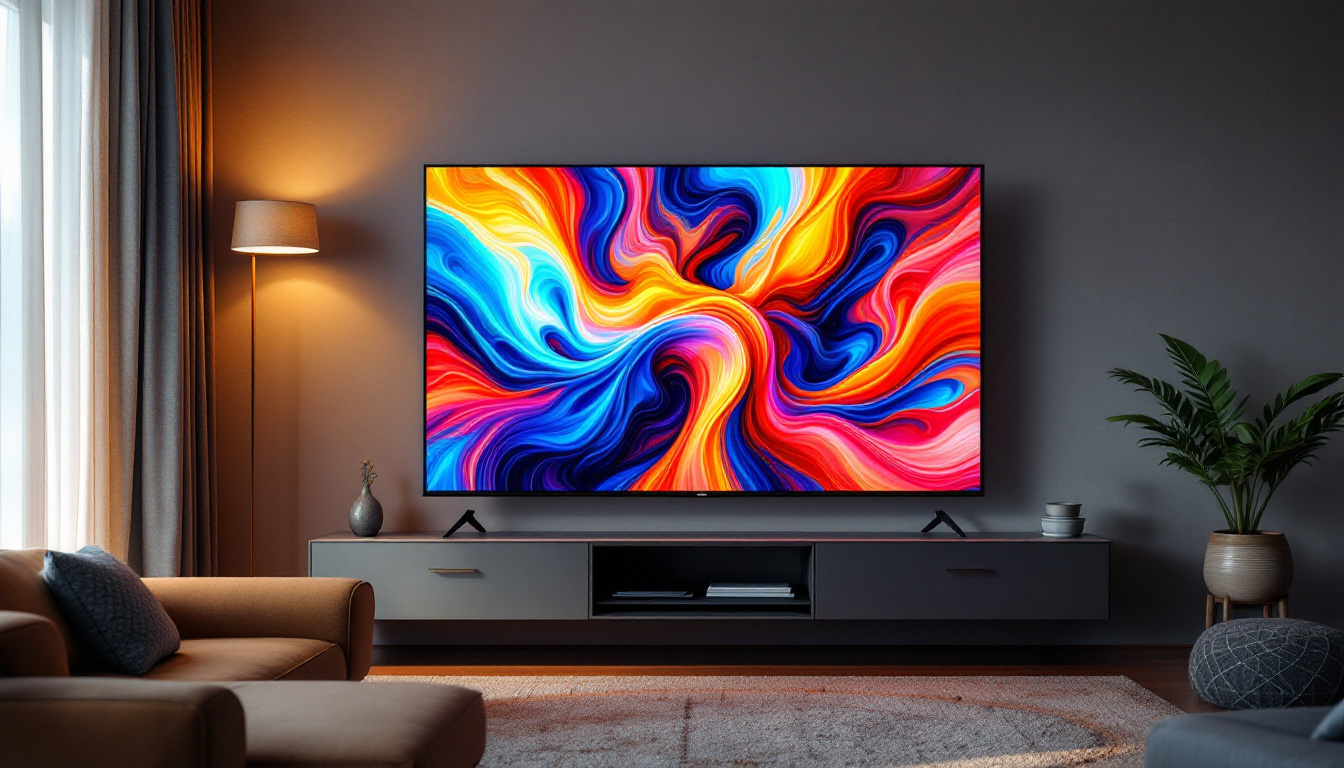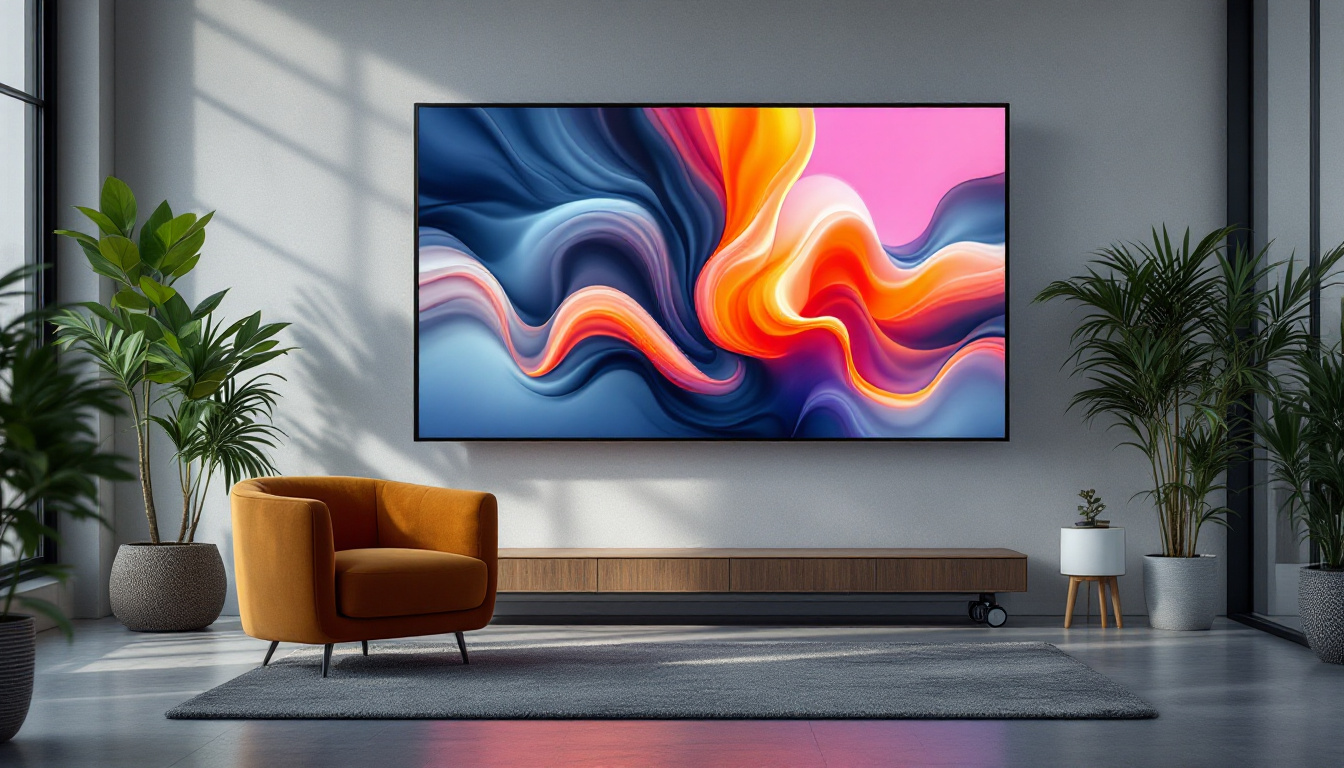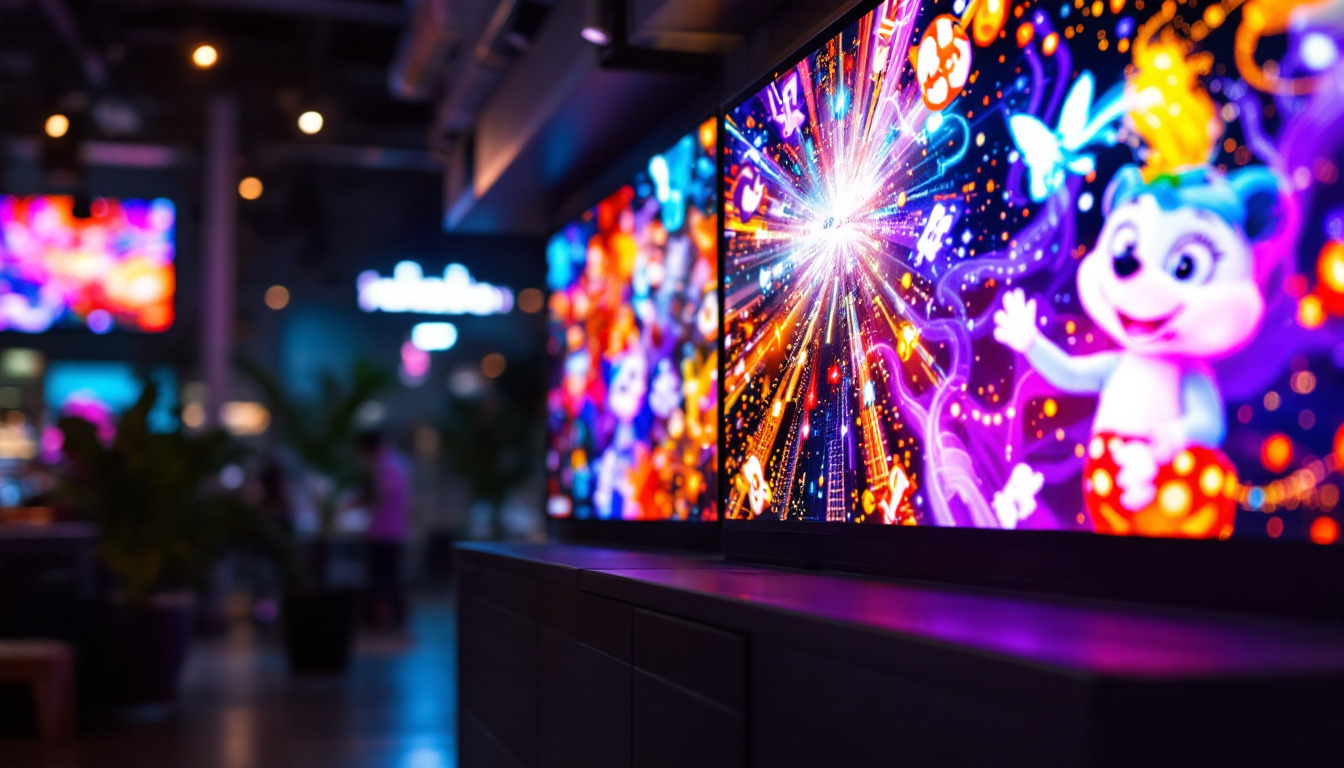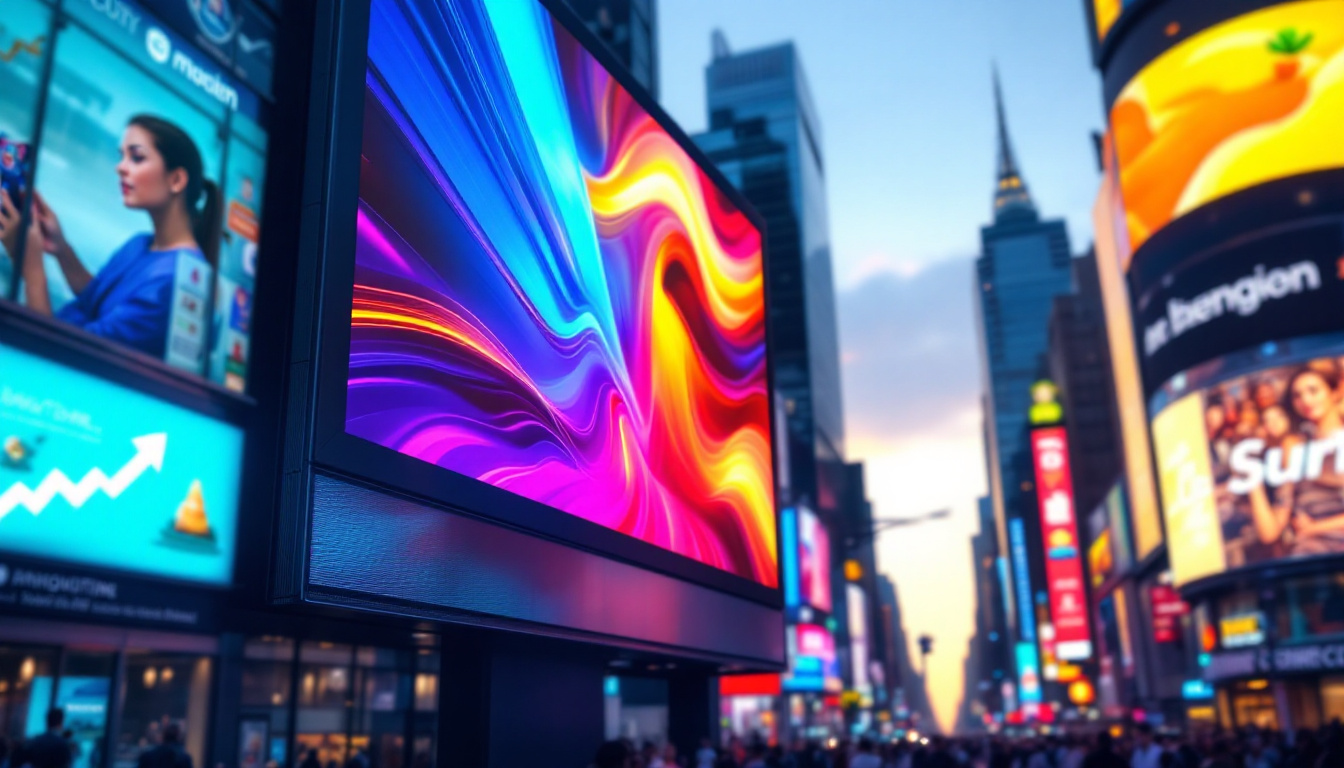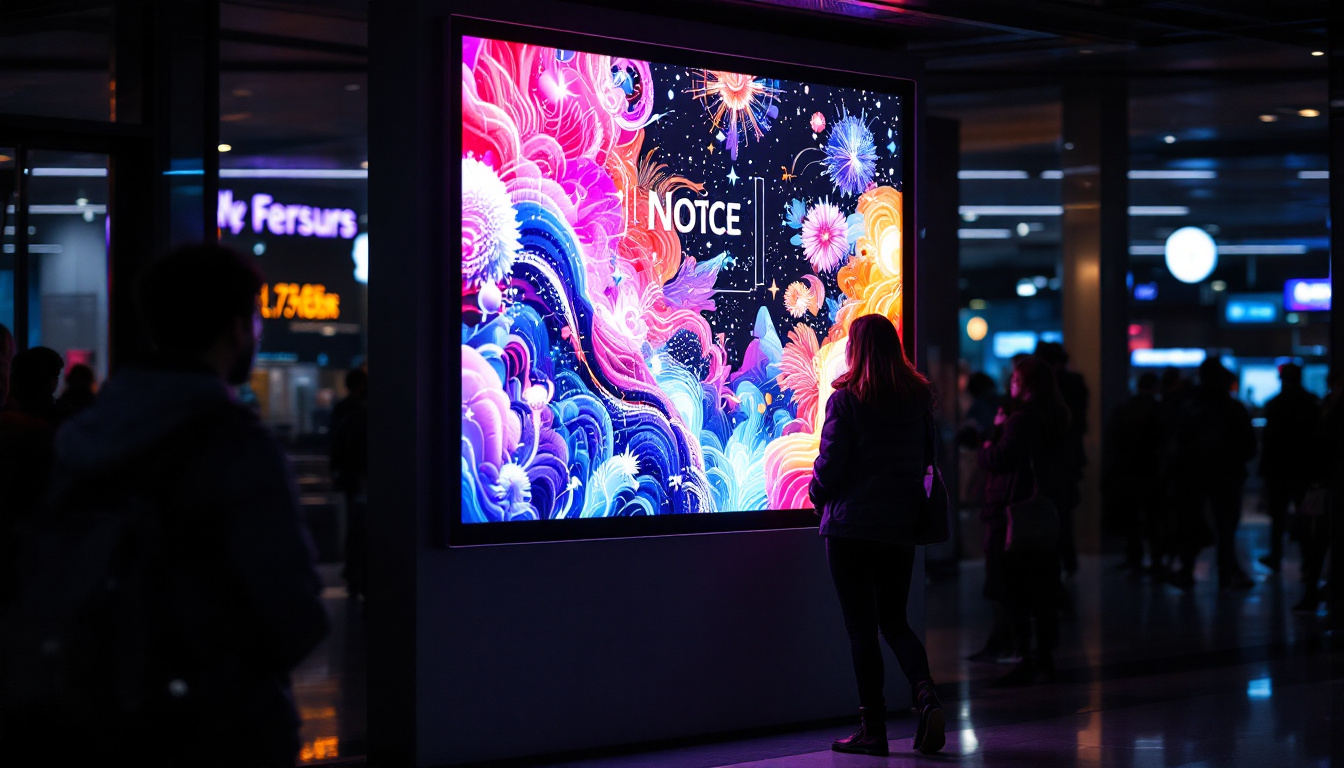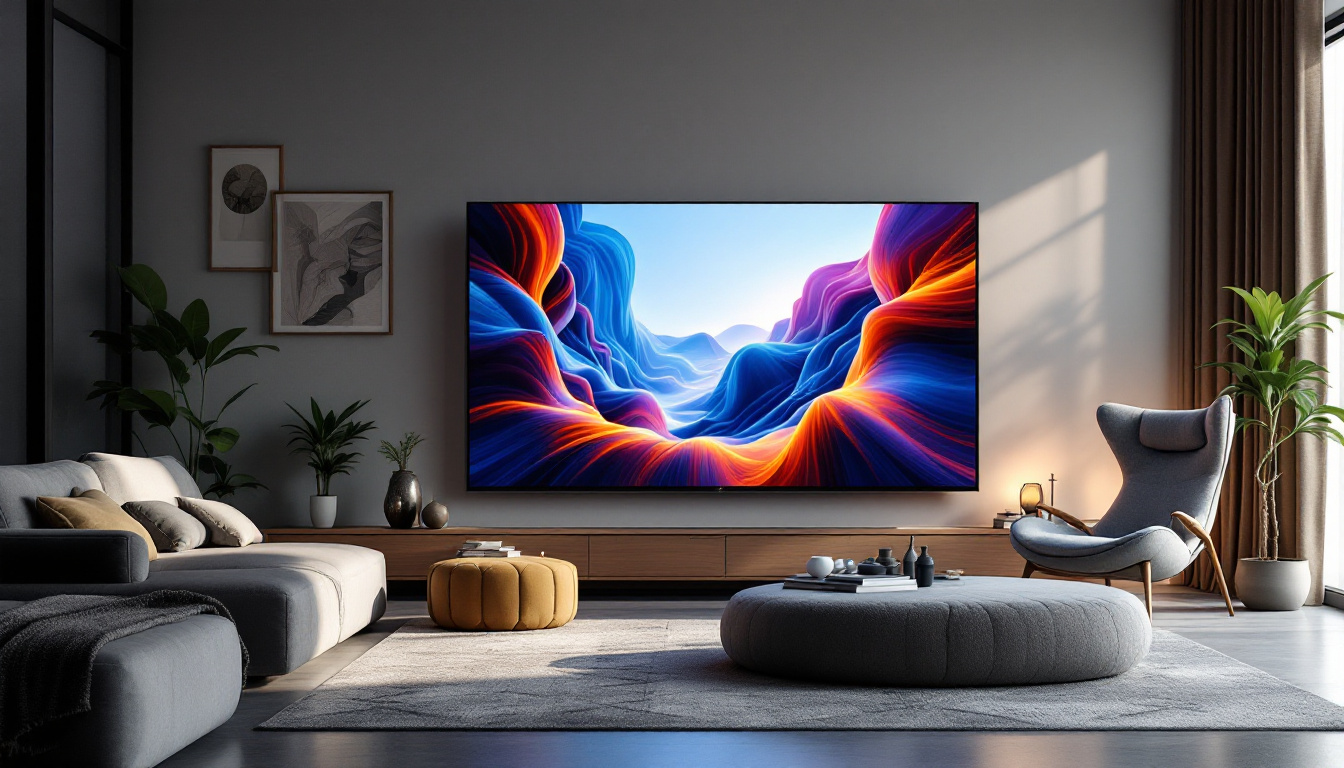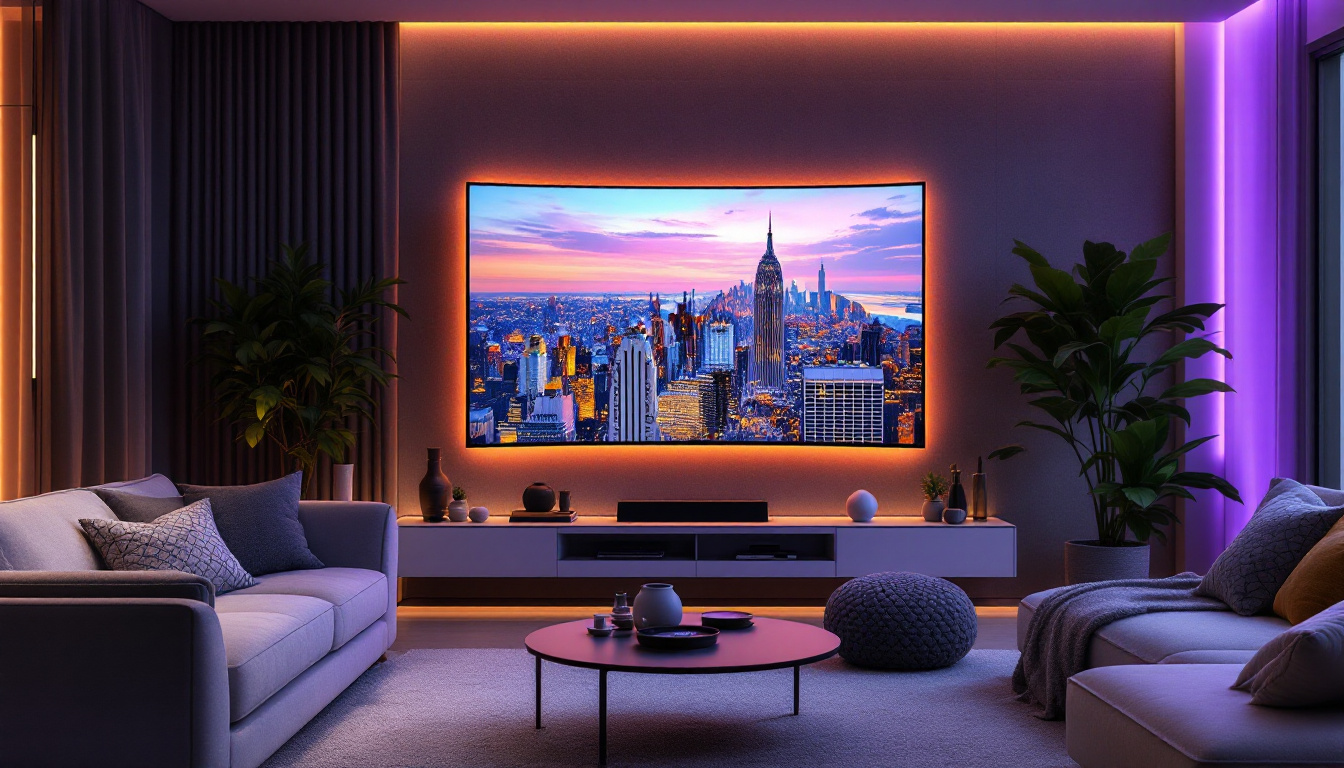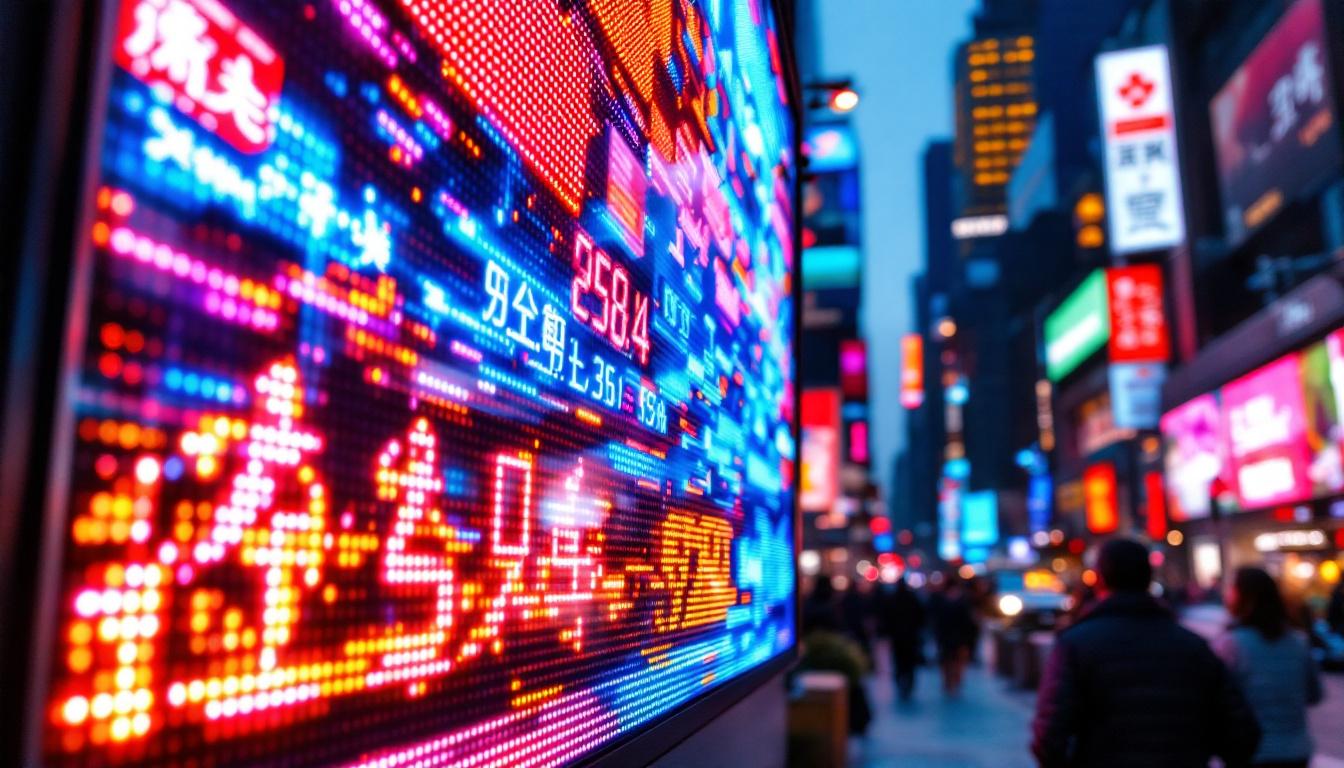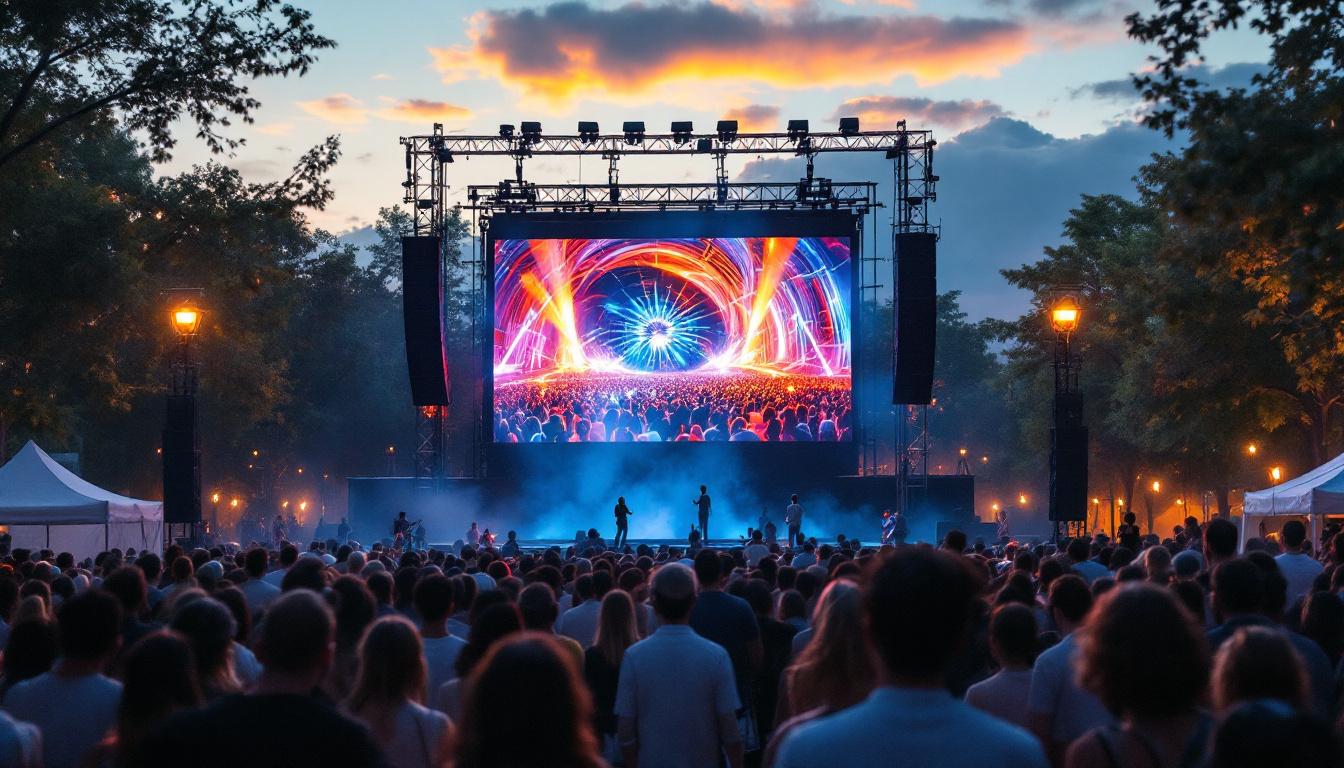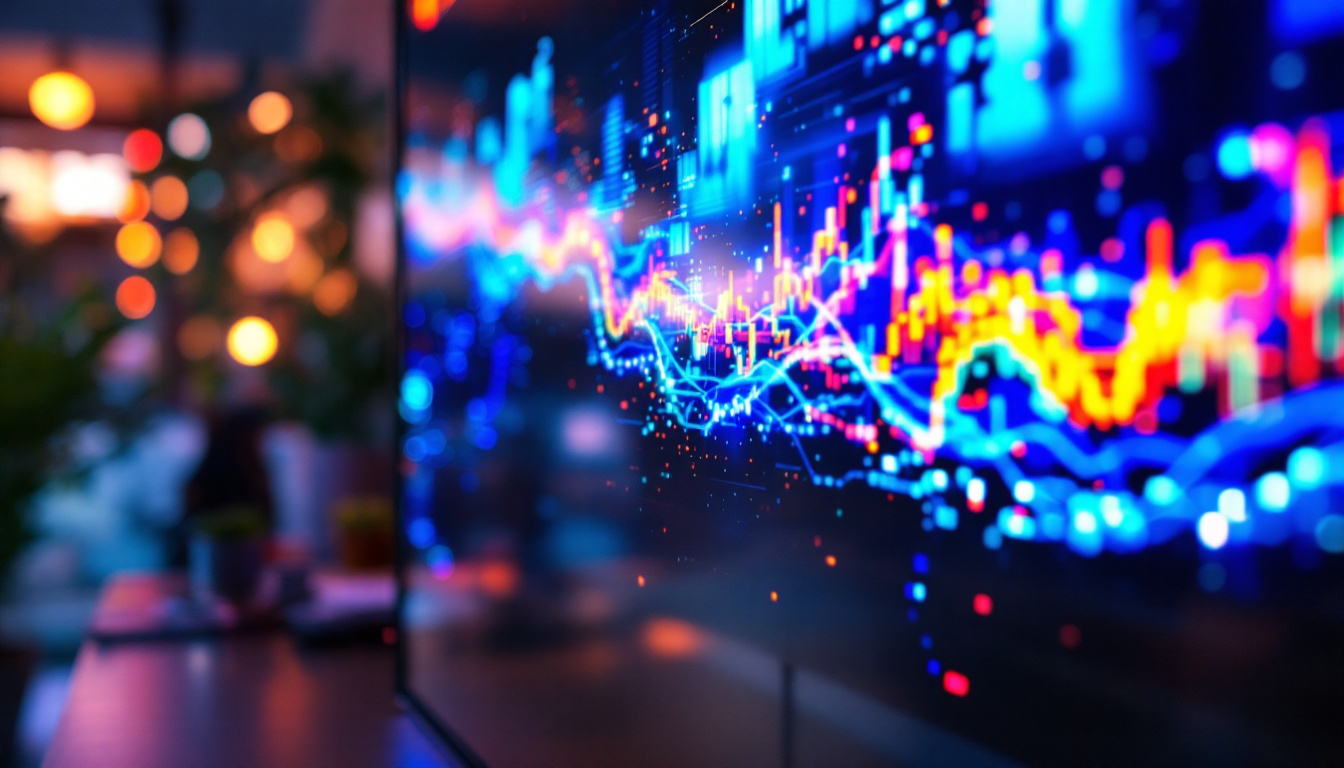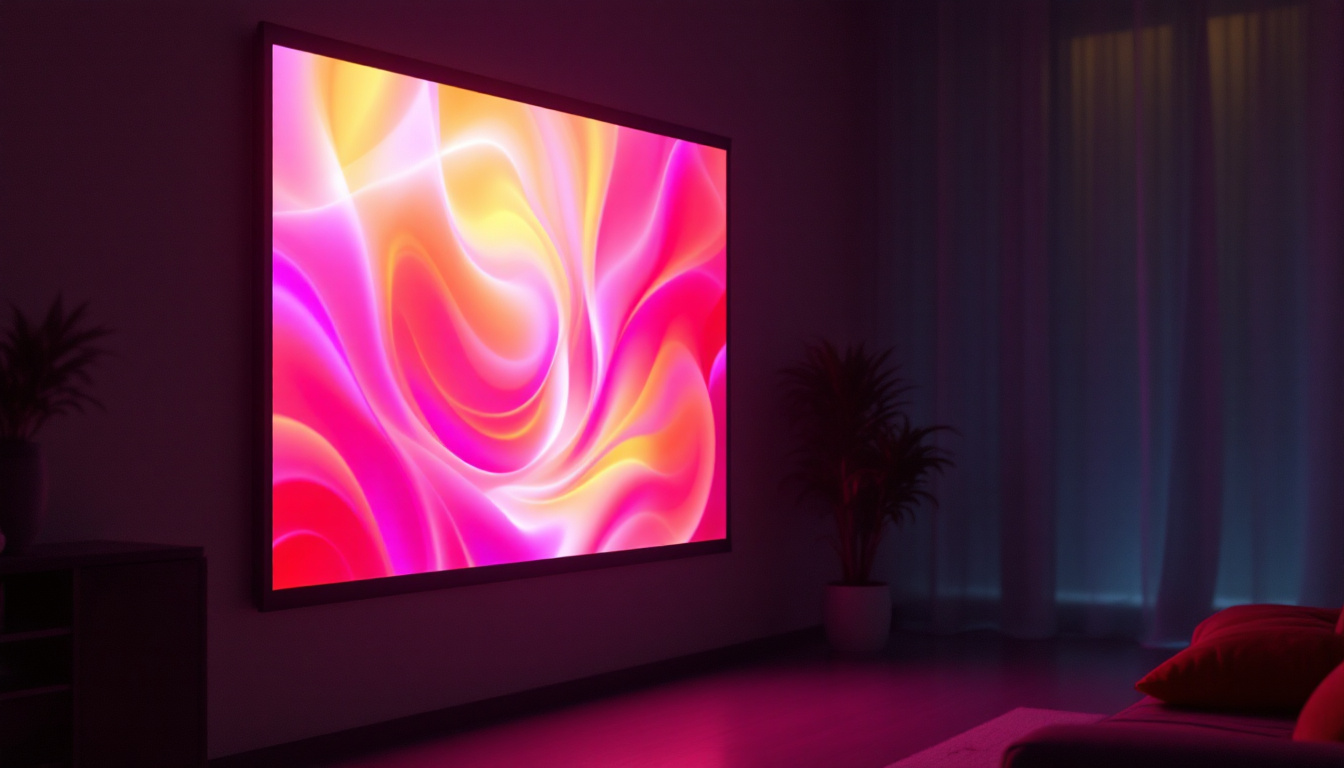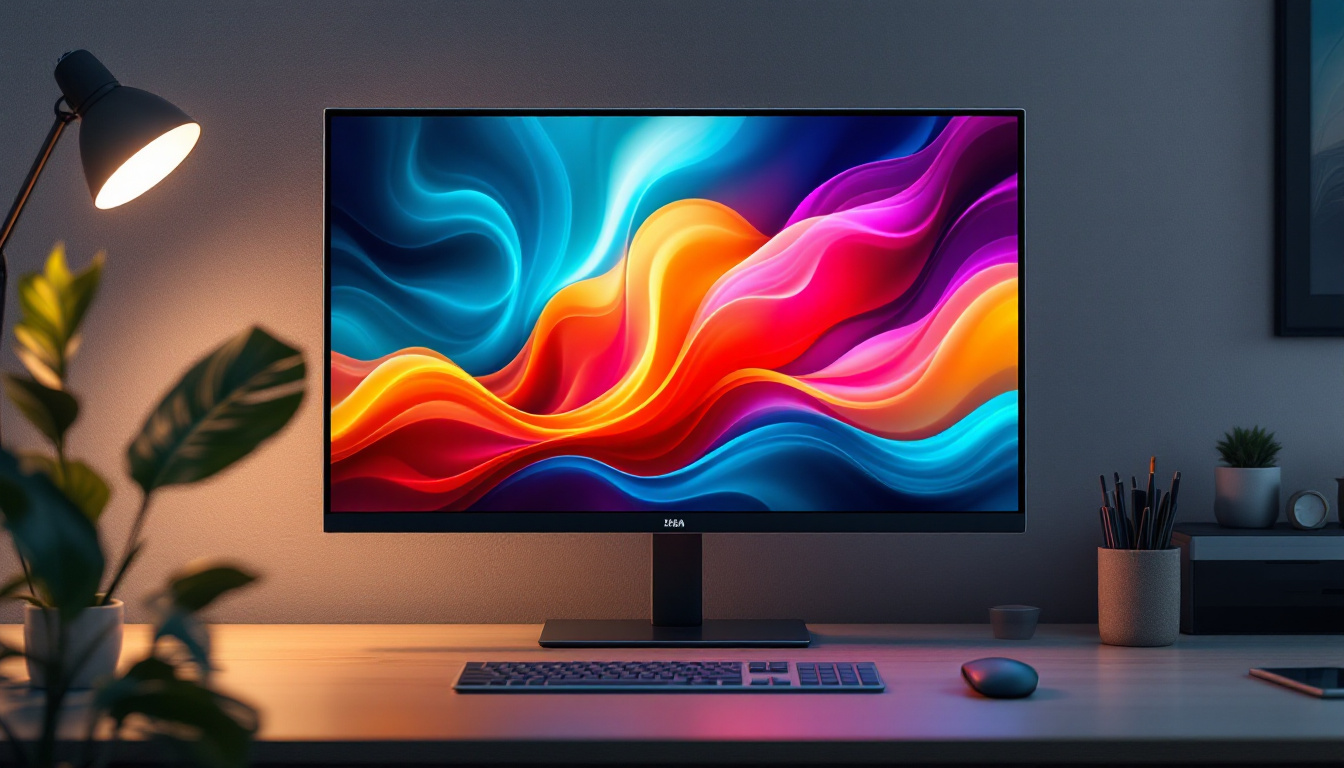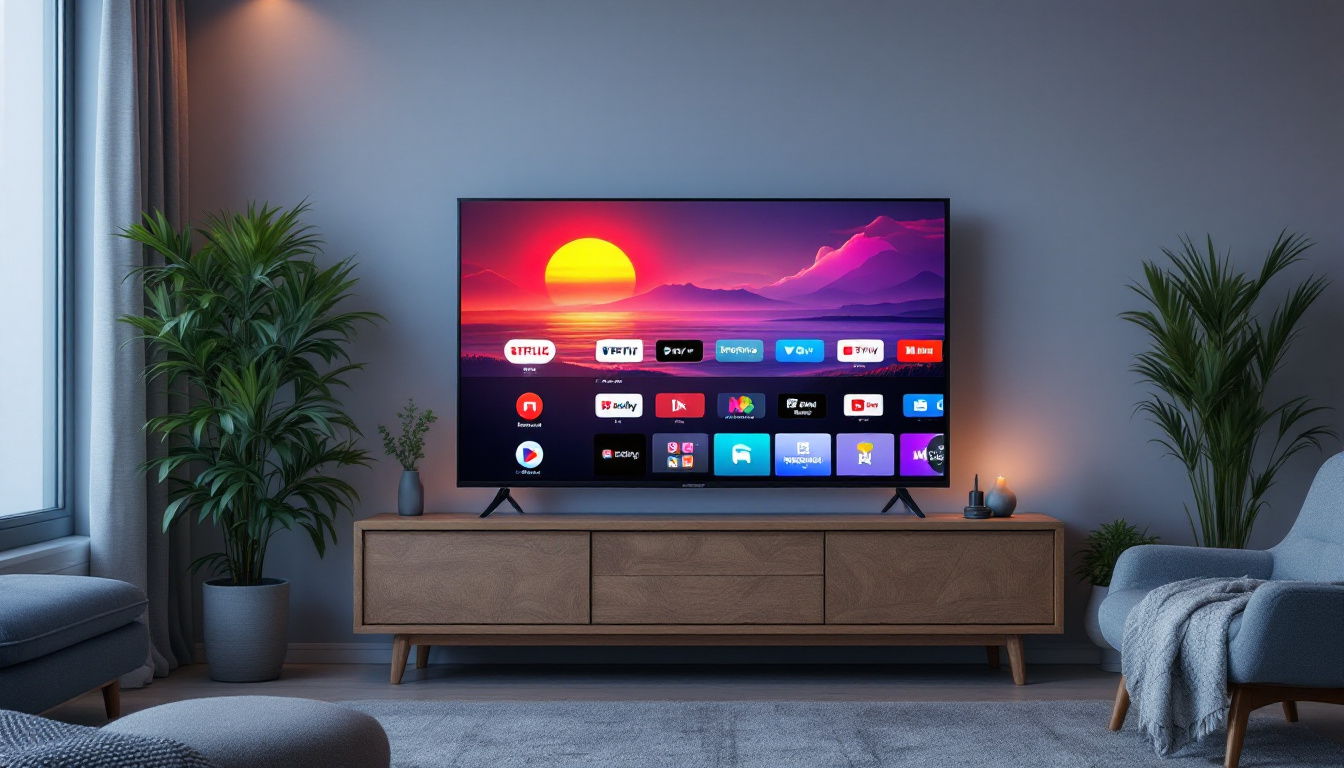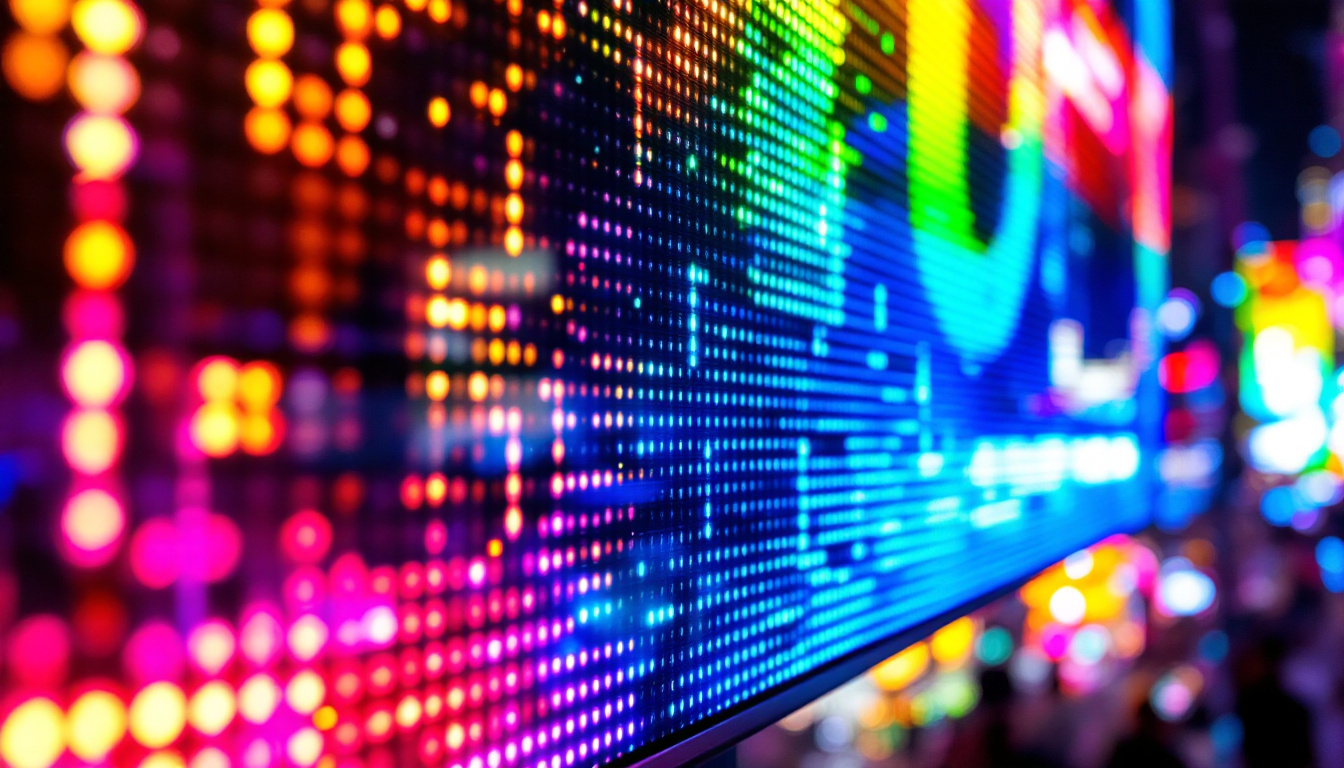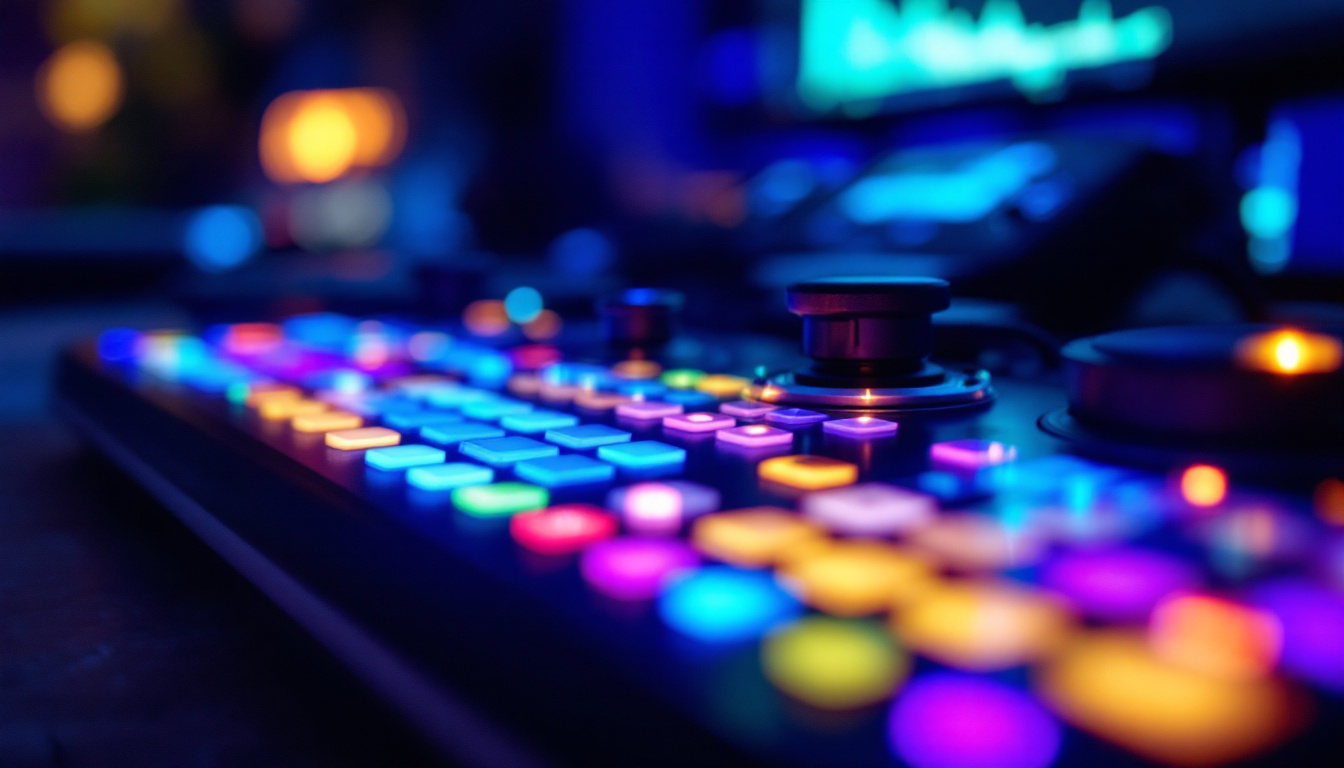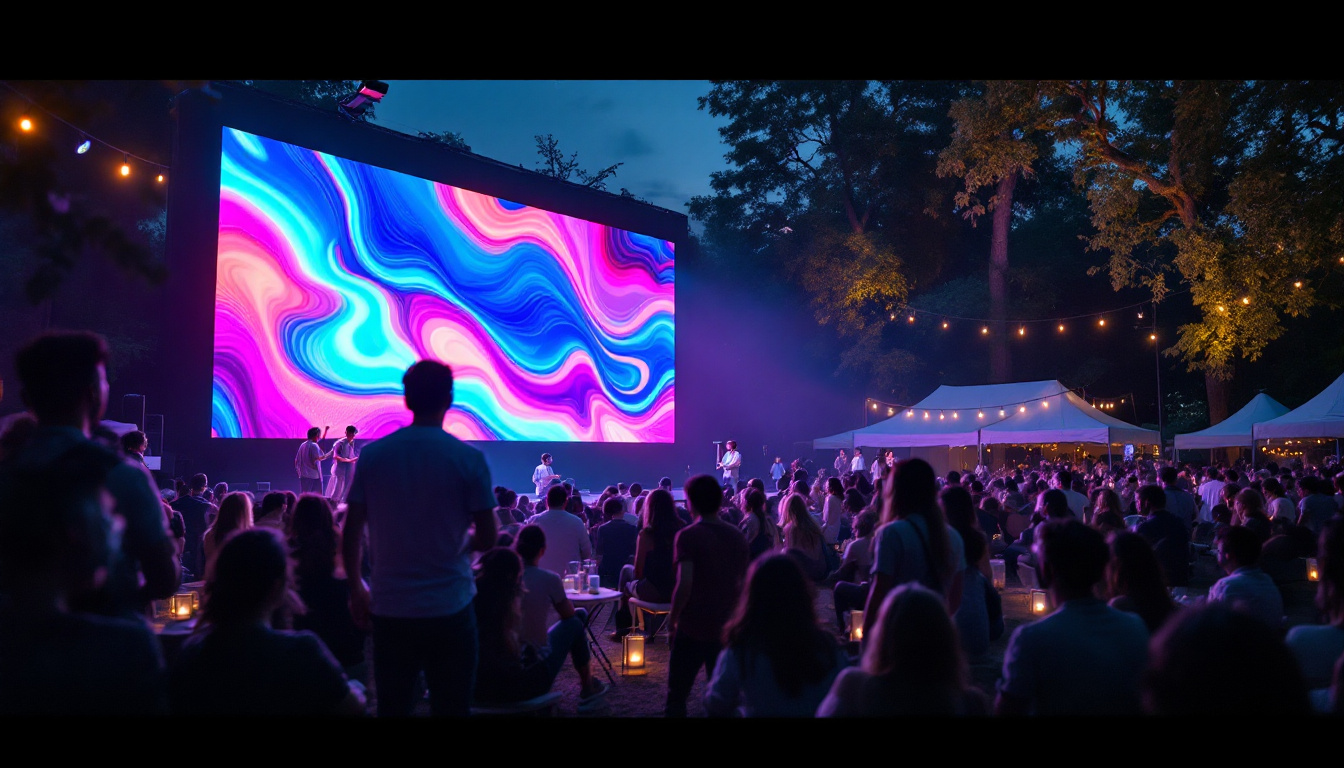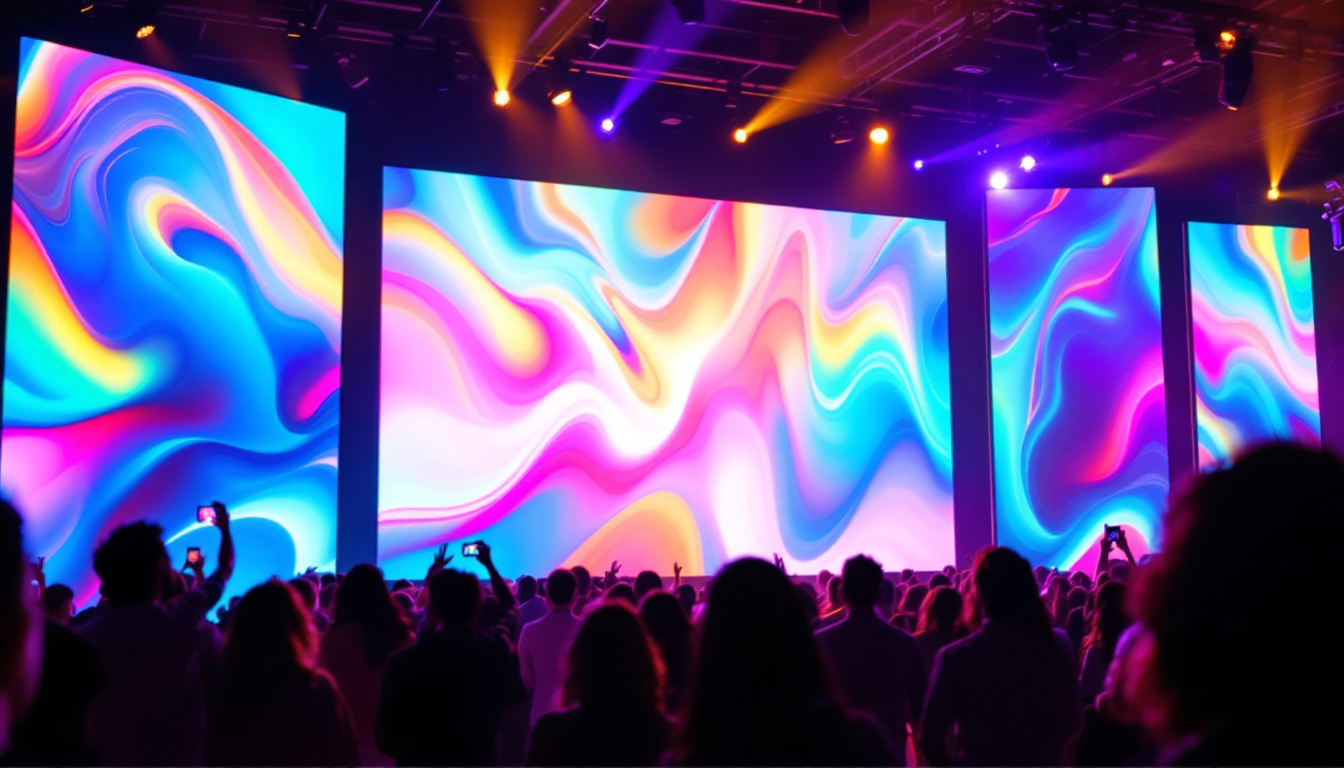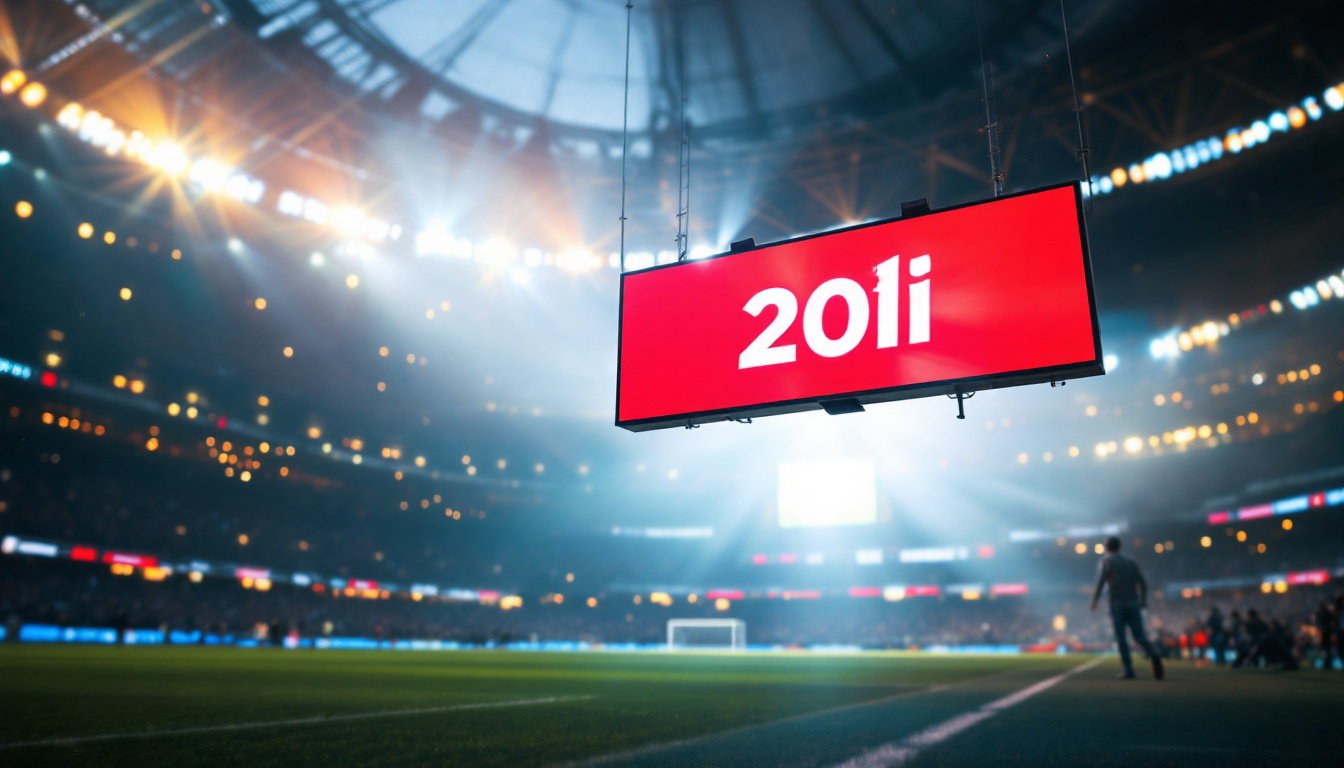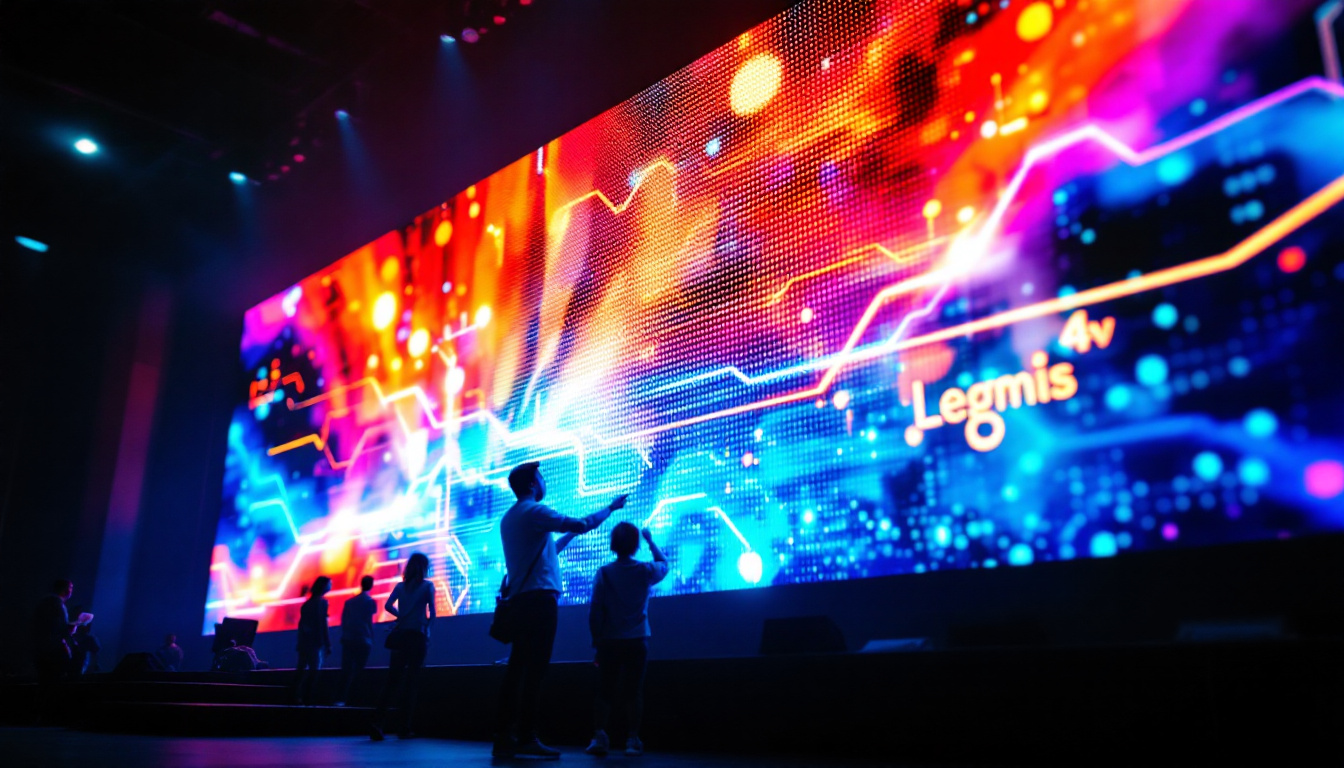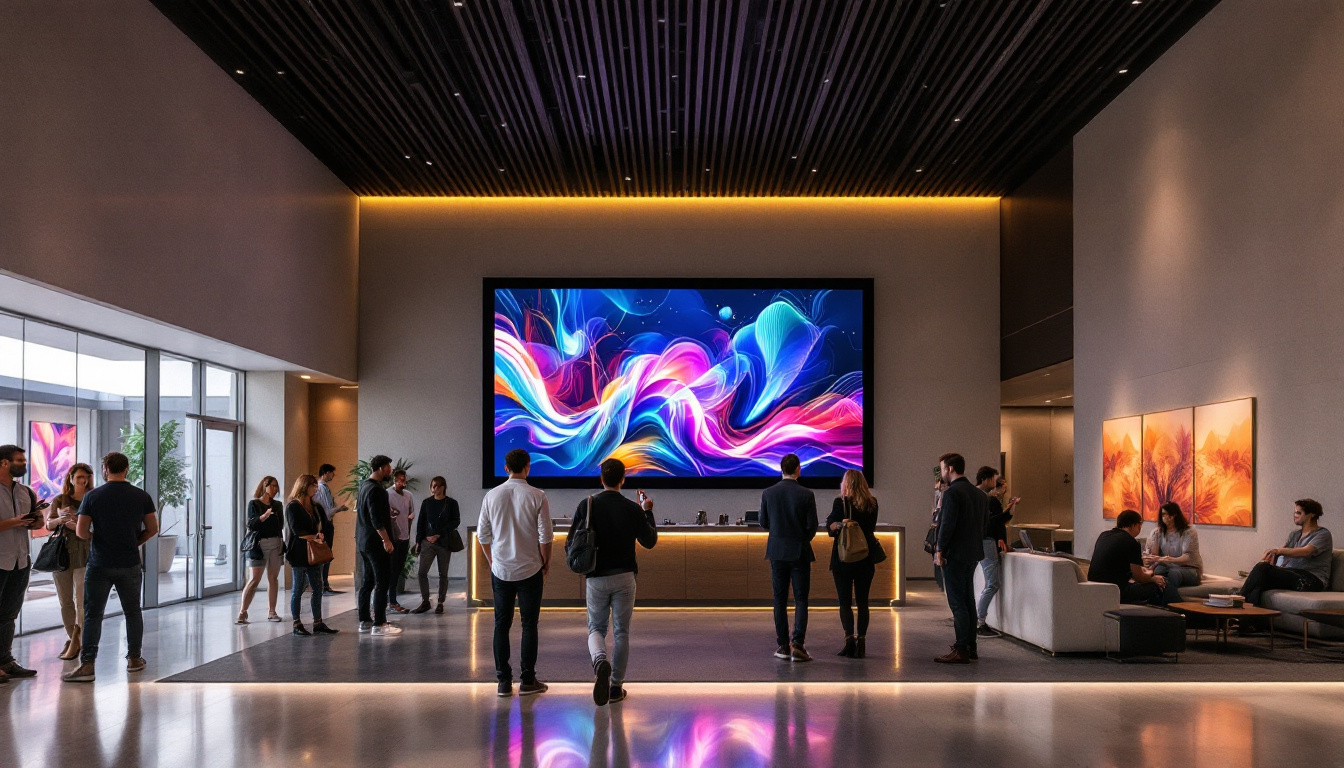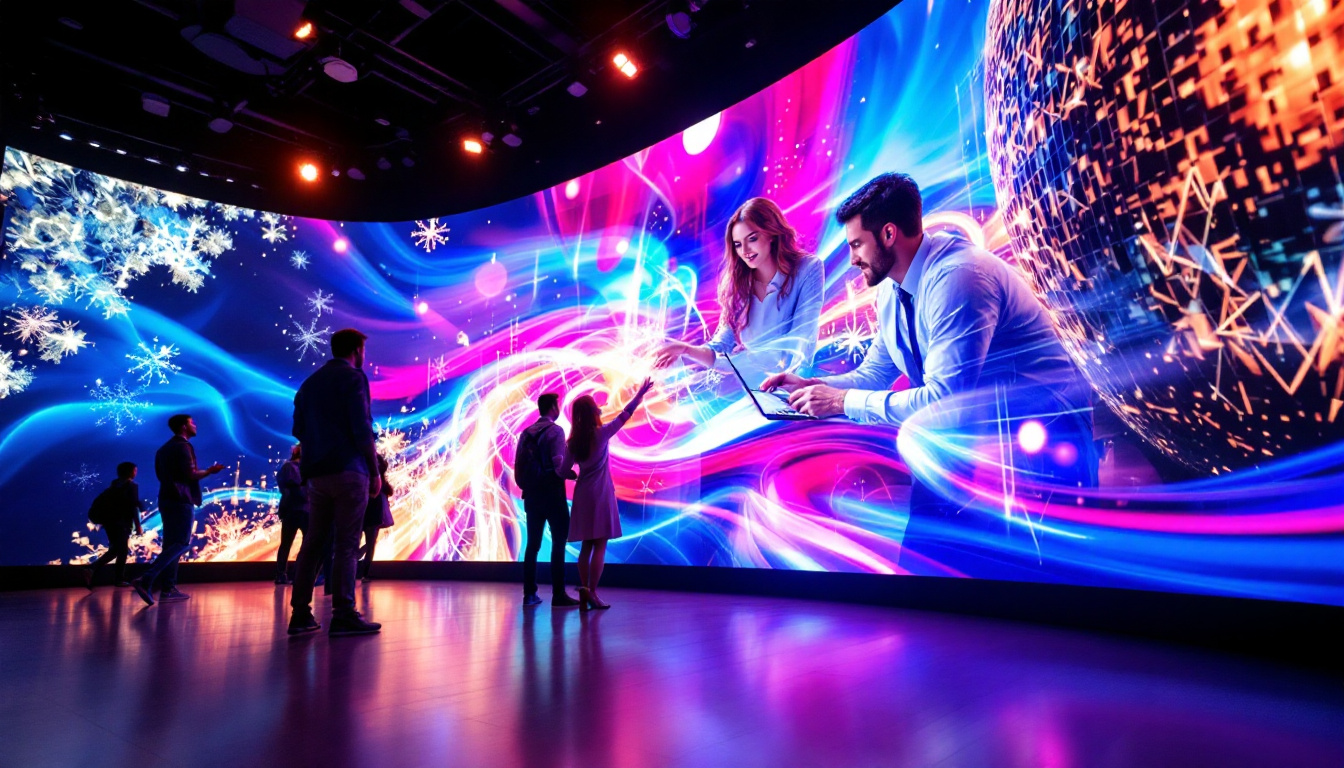In the contemporary world, LED displays have become ubiquitous, serving a variety of purposes across different sectors. From advertising billboards to indoor screens in shopping malls, the versatility and efficiency of LED technology are undeniable. Mgs Manufacturing stands at the forefront of this innovation, providing high-quality LED display solutions that cater to diverse needs. This article delves into the intricacies of LED displays, exploring their functionality, applications, and the technology that powers them.
Understanding LED Technology
Light Emitting Diodes (LEDs) are semiconductor devices that emit light when an electric current passes through them. This fundamental principle is the cornerstone of LED display technology. Unlike traditional display technologies, such as LCD or CRT, LEDs offer several advantages, including lower power consumption, longer lifespan, and greater brightness.
The Science Behind LEDs
At the core of an LED lies a semiconductor material, typically composed of gallium arsenide or gallium phosphide. When electrons move through the semiconductor, they recombine with holes, releasing energy in the form of photons, which is visible light. This process is known as electroluminescence. The color of the emitted light depends on the materials used in the semiconductor, allowing for a wide spectrum of colors to be produced.
LEDs can be arranged in various configurations to create displays of different sizes and resolutions. Each pixel in an LED display is made up of red, green, and blue (RGB) diodes, which can be combined in different intensities to produce a full range of colors. This RGB configuration is crucial for achieving vibrant images and videos on LED screens. Furthermore, advancements in technology have led to the development of organic LEDs (OLEDs), which utilize organic compounds to emit light and offer even greater flexibility in design and color accuracy.
Advantages of LED Displays
LED displays offer numerous benefits over traditional display technologies. One of the most significant advantages is their energy efficiency. LEDs consume significantly less power than incandescent or fluorescent lights, making them an environmentally friendly option. Additionally, they have a longer lifespan, often lasting tens of thousands of hours, which reduces the need for frequent replacements.
Another key advantage is brightness. LED displays can produce high levels of luminance, making them visible even in direct sunlight. This characteristic is particularly beneficial for outdoor advertising and public information displays, where visibility is paramount. Furthermore, LED technology allows for thinner and lighter displays, facilitating easier installation and transport. The versatility of LED displays extends to their ability to be used in a variety of settings, from large-scale billboards to small electronic devices, showcasing their adaptability across different industries. Moreover, with the integration of smart technology, LED displays can now be controlled remotely, allowing for dynamic content updates and enhanced interactivity, which is transforming how information is communicated in real-time.
Applications of LED Displays
The versatility of LED displays has led to their widespread adoption across various industries. From advertising to entertainment, the applications of LED technology are vast and varied.
Advertising and Marketing
One of the most prominent uses of LED displays is in advertising. Digital billboards and signage have transformed the way brands communicate with consumers. The ability to change content quickly and easily allows advertisers to tailor messages based on time, location, or audience demographics. This dynamic capability enhances engagement, making advertisements more effective.
Moreover, LED displays can be programmed to show animations and videos, capturing the attention of passersby far more effectively than static signs. This has led to a surge in the popularity of LED displays in urban environments, where competition for consumer attention is fierce. Brands can now create captivating narratives that unfold over time, drawing viewers in and encouraging them to interact with the content, whether through QR codes or social media engagement.
Entertainment and Events
In the realm of entertainment, LED displays play a crucial role in concerts, sports events, and theater productions. Large LED screens are often used to enhance the audience’s experience, providing clear visuals and dynamic content that complements live performances. The flexibility of LED technology allows for creative staging and immersive environments, making events more memorable.
Additionally, LED walls can be configured in various shapes and sizes, allowing for unique visual displays that can adapt to the specific needs of an event. This adaptability has made LED displays a staple in the entertainment industry. For instance, during music festivals, LED screens can be arranged to create a 360-degree visual experience, enveloping the audience in a vibrant atmosphere that synchronizes with the music. This not only enhances the overall enjoyment but also fosters a deeper connection between the performers and their fans.
Public Information and Transportation
LED displays are also integral to public information systems. They are commonly used in transportation hubs, such as airports and train stations, to provide real-time updates on schedules and arrivals. The clarity and visibility of LED displays ensure that important information is easily accessible to travelers.
Furthermore, LED technology is employed in traffic management systems, displaying real-time traffic conditions, alerts, and directions. This application not only improves safety but also enhances the efficiency of transportation networks. In smart cities, LED displays can be integrated with sensors and data analytics to provide adaptive information that responds to current traffic patterns, weather conditions, and even emergency situations. This level of responsiveness ensures that commuters receive timely updates, helping them make informed decisions about their travel routes and schedules, ultimately leading to a smoother flow of traffic and reduced congestion.
Components of LED Displays
Understanding the components that make up an LED display is essential for grasping how they function. Each component plays a vital role in ensuring the display operates effectively and delivers high-quality visuals.
LED Modules
LED modules are the building blocks of an LED display. Each module contains a matrix of LEDs arranged in a grid pattern. These modules can be combined to create larger displays, allowing for scalability based on the specific requirements of a project. The arrangement of LEDs within each module is crucial for achieving the desired resolution and brightness.
Modules are typically designed to be easily replaceable, facilitating maintenance and repairs. This modularity is a significant advantage, as it minimizes downtime in case of a malfunction.
Control Systems
The control system is the brain of the LED display, responsible for managing the content displayed on the screen. It processes input from various sources, such as computers or media players, and translates this information into signals that control the individual LEDs.
Modern control systems offer advanced features, including remote management capabilities, scheduling, and content playback options. This flexibility allows operators to update content in real-time, ensuring that displays remain relevant and engaging.
Power Supply and Cooling Systems
Power supply units are essential for providing the necessary electricity to the LED display. Given the high power consumption of large displays, efficient power management is crucial to ensure optimal performance without overheating. Additionally, cooling systems are often integrated to dissipate heat generated during operation, prolonging the lifespan of the display and maintaining consistent performance.
Installation and Maintenance of LED Displays
Proper installation and maintenance are critical for ensuring the longevity and effectiveness of LED displays. The installation process involves several steps, from site assessment to final testing, each of which requires careful consideration.
Installation Process
The installation of an LED display begins with a thorough site assessment. This involves evaluating the location for factors such as visibility, structural integrity, and power supply availability. Once the site is deemed suitable, the installation team will prepare the mounting structure and connect the necessary electrical components.
After the physical installation, the display is calibrated to ensure optimal performance. This includes adjusting brightness levels, color settings, and resolution to match the intended viewing distance and audience. A successful installation culminates in a final testing phase, where the display is monitored for any issues before going live.
Maintenance Considerations
Regular maintenance is essential to keep LED displays functioning at peak performance. This includes routine cleaning to remove dust and debris, which can affect visibility. Additionally, periodic inspections of electrical components and connections help identify potential issues before they escalate into major problems.
In the event of a malfunction, the modular design of LED displays allows for quick and easy repairs. Technicians can replace individual modules without needing to take down the entire display, minimizing downtime and ensuring continuous operation.
The Future of LED Display Technology
The future of LED display technology is promising, with ongoing advancements that continue to push the boundaries of what is possible. As demand for high-quality visual experiences grows, manufacturers are investing in research and development to create even more innovative solutions.
Emerging Trends
One of the most exciting trends in LED technology is the development of flexible and transparent displays. These innovations allow for new applications in architecture and design, enabling displays to be integrated seamlessly into buildings and environments. This could revolutionize advertising and branding, creating immersive experiences that blend with their surroundings.
Additionally, advancements in pixel density and resolution are paving the way for ultra-high-definition displays. As technology continues to evolve, consumers can expect sharper images and more vibrant colors, enhancing the overall viewing experience.
Sustainability Initiatives
As environmental concerns become increasingly important, manufacturers are focusing on sustainability in LED production. This includes using eco-friendly materials and processes that reduce waste and energy consumption. The goal is to create displays that not only deliver exceptional performance but also have a minimal impact on the environment.
In conclusion, LED displays represent a remarkable fusion of technology and creativity, offering a multitude of applications across various industries. Mgs Manufacturing is committed to leading the way in this dynamic field, providing innovative solutions that meet the evolving needs of clients. With ongoing advancements in technology and a focus on sustainability, the future of LED displays is bright, promising even more exciting developments on the horizon.
Discover the Future of Visual Communication with LumenMatrix
Ready to elevate your brand’s presence and captivate your audience with stunning visual displays? Look no further than LumenMatrix, a pioneer in LED display technology. From vibrant Indoor and Outdoor LED Wall Displays to innovative solutions like Vehicle LED Displays, LED Posters, and Custom LED Displays, LumenMatrix is at the forefront of creating immersive experiences that resonate with viewers. Whether you’re looking to enhance a sports event with an LED Sports Display, add dynamism to your space with a Floor LED Display, or make a statement with an All-in-One or LED Transparent Display, LumenMatrix has the cutting-edge technology to bring your vision to life. Check out LumenMatrix LED Display Solutions today and join the revolution in visual communication.

